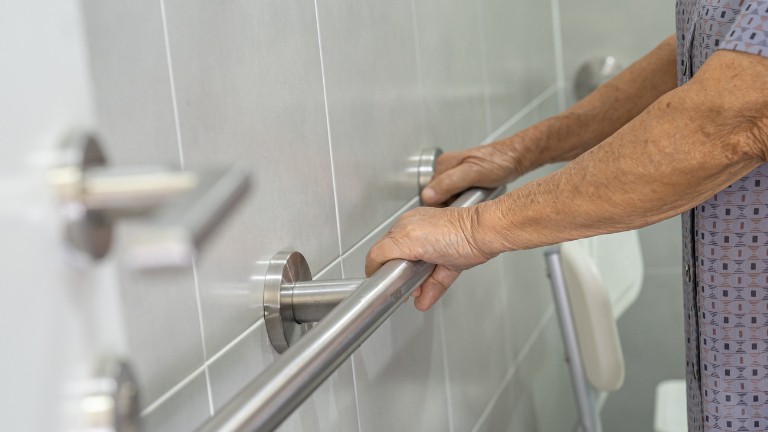Safe and Effective Cleaning Tips for Elderly Homes: Best Practices for Hygiene and Comfort
Maintaining a clean and safe home environment is essential for elderly individuals. Ensuring a clean home can significantly reduce the risk of accidents, enhance well-being, and promote a higher quality of life. For seniors, it’s especially important to adopt safe and effective cleaning practices that account for any physical limitations they may have.

Utilizing appropriate tools and techniques can make a significant difference. From using extendable handles to avoid bending or reaching too far to incorporating non-toxic cleaners like vinegar and baking soda, the right strategies can simplify housework. In particular, keeping high-traffic areas like kitchens and bathrooms clean helps prevent slips and infections.
Eliminating clutter and using safety modifications like grab bars and non-slip mats can further contribute to a safer living space. By establishing a regular cleaning routine and focusing on specific areas, such as disinfecting frequently touched surfaces, seniors can maintain a hygienic and hazard-free home.
Key Takeaways
- Maintain a regular cleaning routine for a hygienic living space.
- Use tools and techniques that accommodate physical limitations.
- Focus on safety and cleanliness in high-risk areas.
Establishing a Safe Cleaning Routine
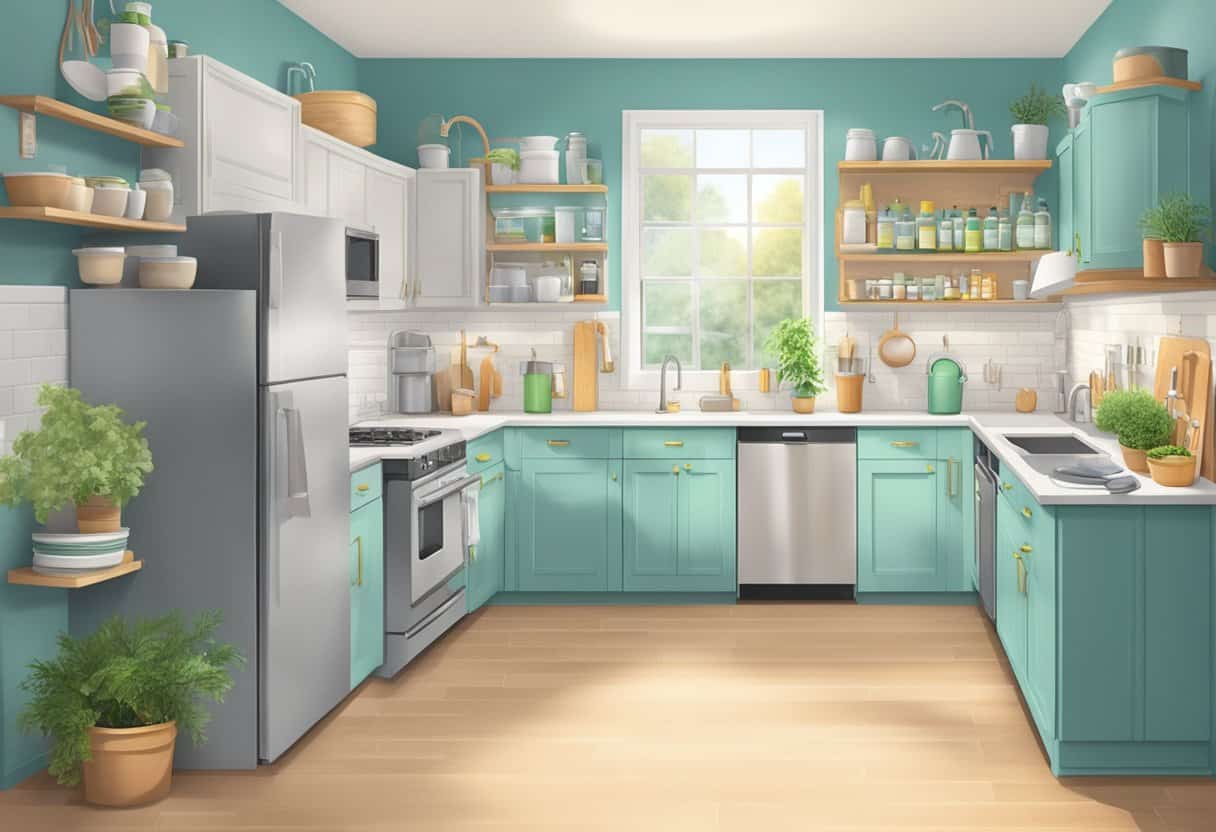
Creating a cleaning routine that caters to the specific needs of seniors ensures a safer and more efficient environment. Consider the mobility and safety needs, develop a customized cleaning schedule, and incorporate support from family and caregivers.
Assessing Mobility and Safety Needs

Understanding the physical limitations and safety concerns of seniors is crucial.
Evaluate if they face challenges with bending, reaching, or lifting. Identify any specific areas in the home that pose risks, such as slippery floors or cluttered paths.
Implement safety measures such as grab bars in the bathroom, non-slip mats, and ensuring good lighting across the home.
Consider tools like extendable sponges and adjustable vacuum cleaners that minimize bending and reaching.
A professional assessment can also provide insights into necessary adaptations to make the home safer for cleaning routines.
Creating a Customized Cleaning Schedule

A well-thought-out cleaning schedule helps in managing the tasks efficiently and reduces stress.
Break down tasks into daily, weekly, and monthly goals. Daily chores might include wiping kitchen counters and tidying up living areas, while weekly tasks can involve vacuuming and bathroom cleaning.
Monthly tasks might involve deep-cleaning areas like windows or reorganizing storage spaces.
Ensure the schedule is realistic considering the senior’s energy levels and any potential pain. Use a checklist format to keep track of completed tasks. This structure not only helps in maintaining cleanliness but also provides a sense of accomplishment.
Incorporating Family and Caregivers

Family members and caregivers play a vital role in maintaining a clean and safe home for seniors.
Encourage open communication to understand the cleaning needs and preferences. Family and friends can assist with more demanding tasks like moving furniture or deep-cleaning appliances.
Caregivers can provide invaluable support by handling routine tasks and ensuring the senior’s safety during cleaning activities.
Scheduling regular check-ins with family members can also help in monitoring the home’s cleanliness and addressing any new safety concerns. This collaborative approach fosters a supportive environment, making the cleaning process manageable and efficient for seniors.
Effective Cleaning Techniques and Tips
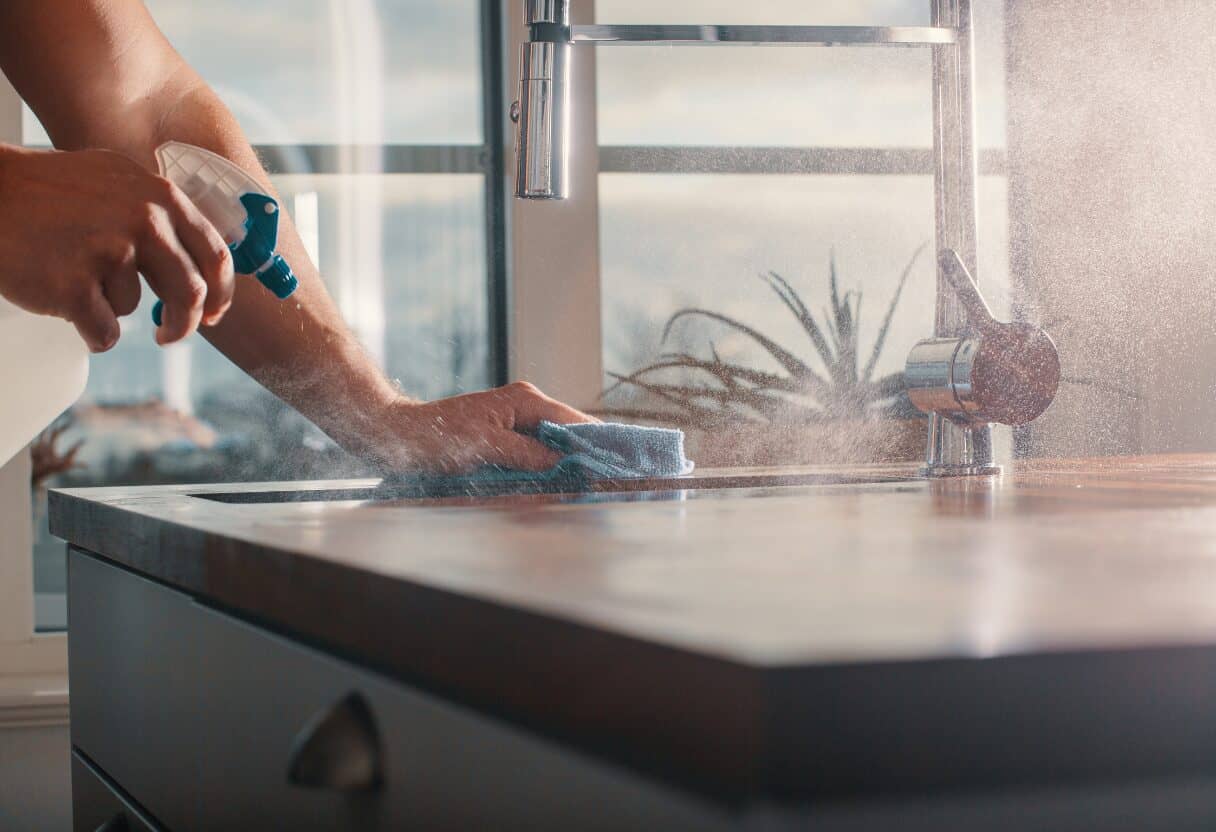
Efficiency and safety are crucial when ensuring that elderly homes remain clean and organized. This section covers practical techniques to manage clutter, use cleaning products safely, and address high-traffic and touch surfaces effectively.
Dealing with Clutter and Organizing Belongings
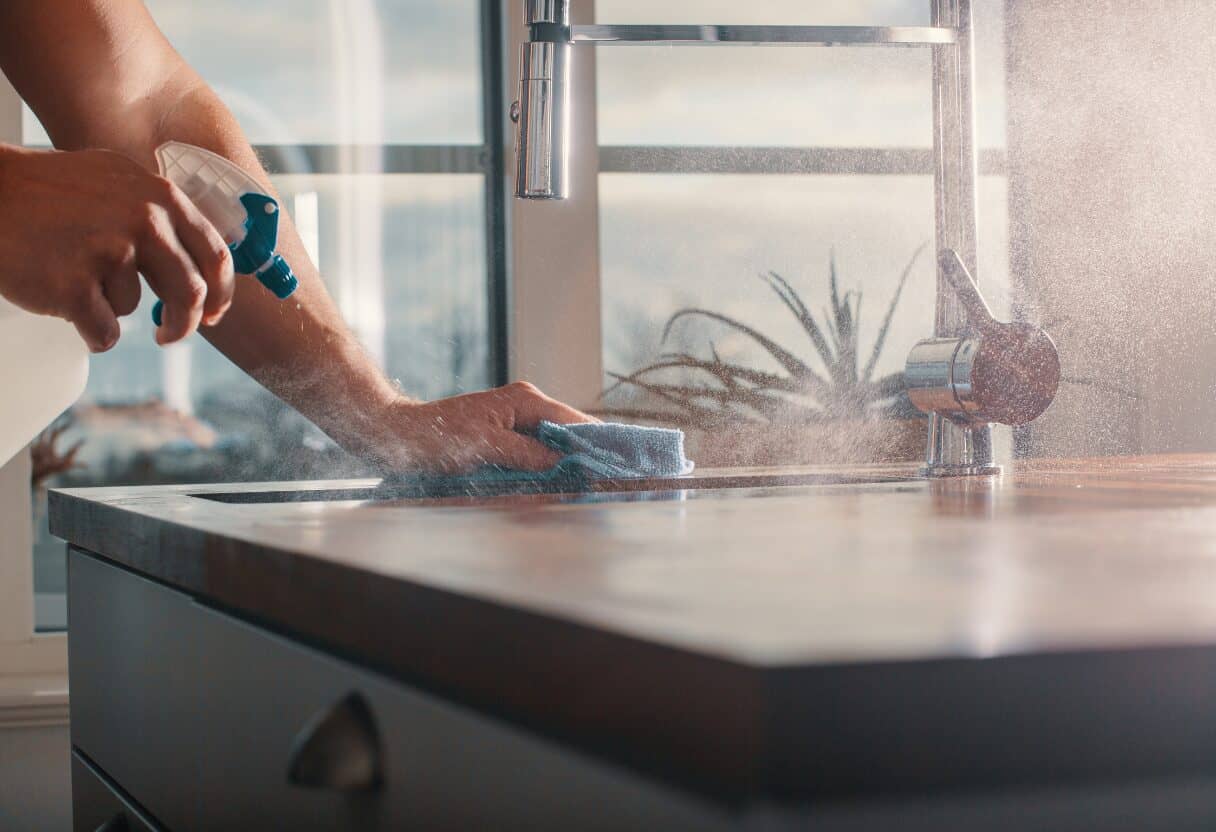
Managing clutter is essential to prevent falls and accidents. Start by decluttering one room at a time, focusing on items seldom used. Organizational tools like bins, shelves, and drawer organizers can help keep items in accessible places. Labeling boxes and shelves ensures that everything has a designated spot, making it easier to find items.
Regularly review belongings to discard or donate unused items. Encourage the use of lightweight furniture that can be easily moved or adjusted. Additionally, maintaining clear pathways in high-traffic areas reduces risks and promotes a safer environment.
Easing the Burden: Professional Help for Decluttering and Cleaning
While decluttering and organizing are essential steps for creating a safe and comfortable home environment for seniors, it can often be a daunting task for them or their families. A professional house cleaning service can alleviate this burden by offering comprehensive decluttering and organization services.
These services can include sorting through belongings, assisting with donation or disposal decisions, and implementing efficient storage solutions that are tailored to the specific needs of elderly individuals.
With their expertise and compassionate approach, professional cleaners can transform cluttered spaces into organized havens, promoting a sense of calm and well-being for seniors.
Safe Use of Cleaning Products and Tools

When using cleaning products, choose non-toxic and environmentally friendly options to minimize exposure to harsh chemicals. Dilute dishwashing liquid or vinegar with water for an effective, gentle cleaner. Storing these in spray bottles makes application easier and safer.
Utilize tools like extendable handle sponges to clean hard-to-reach areas without straining. Ensure that all cleaning supplies are clearly labeled and stored safely out of reach to avoid accidental use. Incorporating grab bars and non-slip mats in bathrooms can help prevent injuries during cleaning.
Addressing High-Traffic and Touch Surfaces
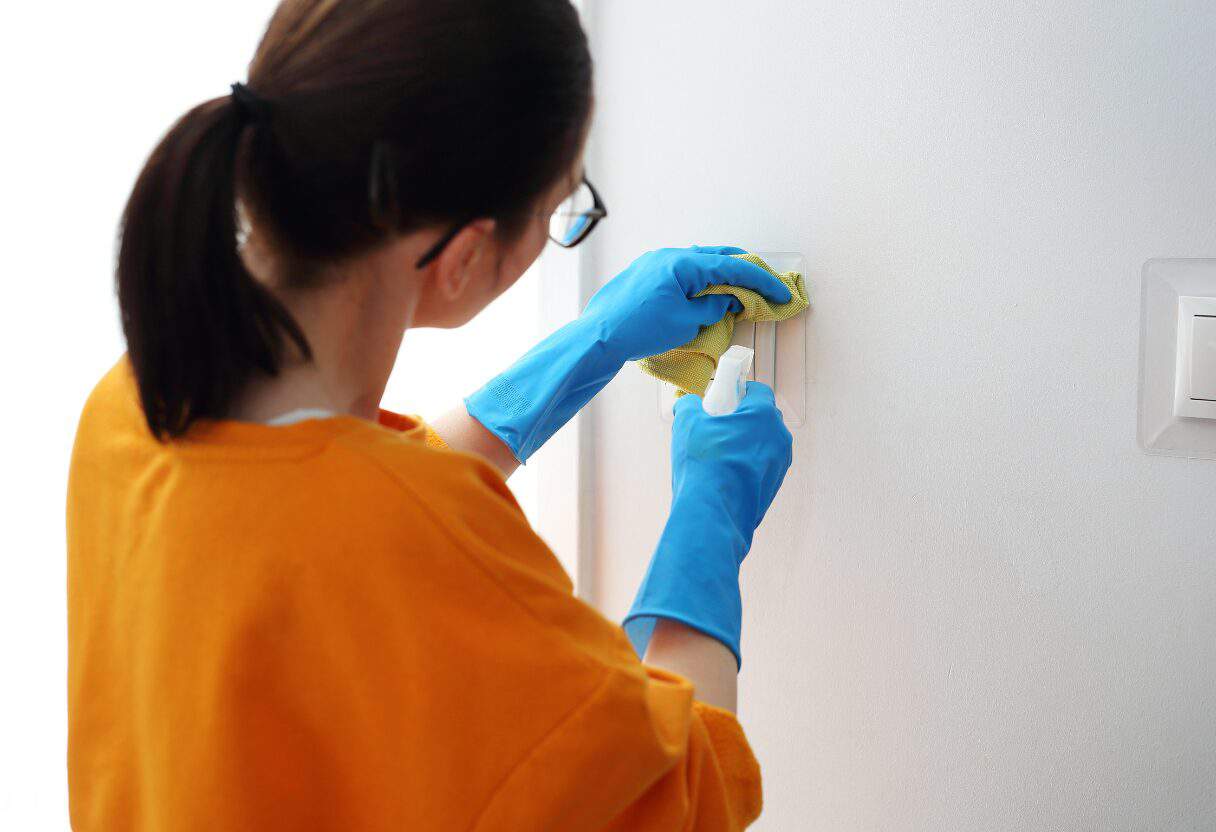
High-traffic areas and frequently touched surfaces can harbor germs. Regularly clean light switches, doorknobs, and countertops with disinfectant wipes or sprays. Pay special attention to kitchens and bathrooms, where foodborne illnesses and other bacteria are common.
Ensure that windows are clean to maximize natural light, which is beneficial for both mental and physical health. Consider hiring a professional window cleaner for more thorough cleaning. Keeping high-traffic zones tidy not only reduces germ spread but also enhances the overall living environment for seniors.
Using a cleaning checklist can ensure no area is overlooked, making it easier to maintain a clean and safe home persistently.
Specialized Cleaning for Various Home Areas
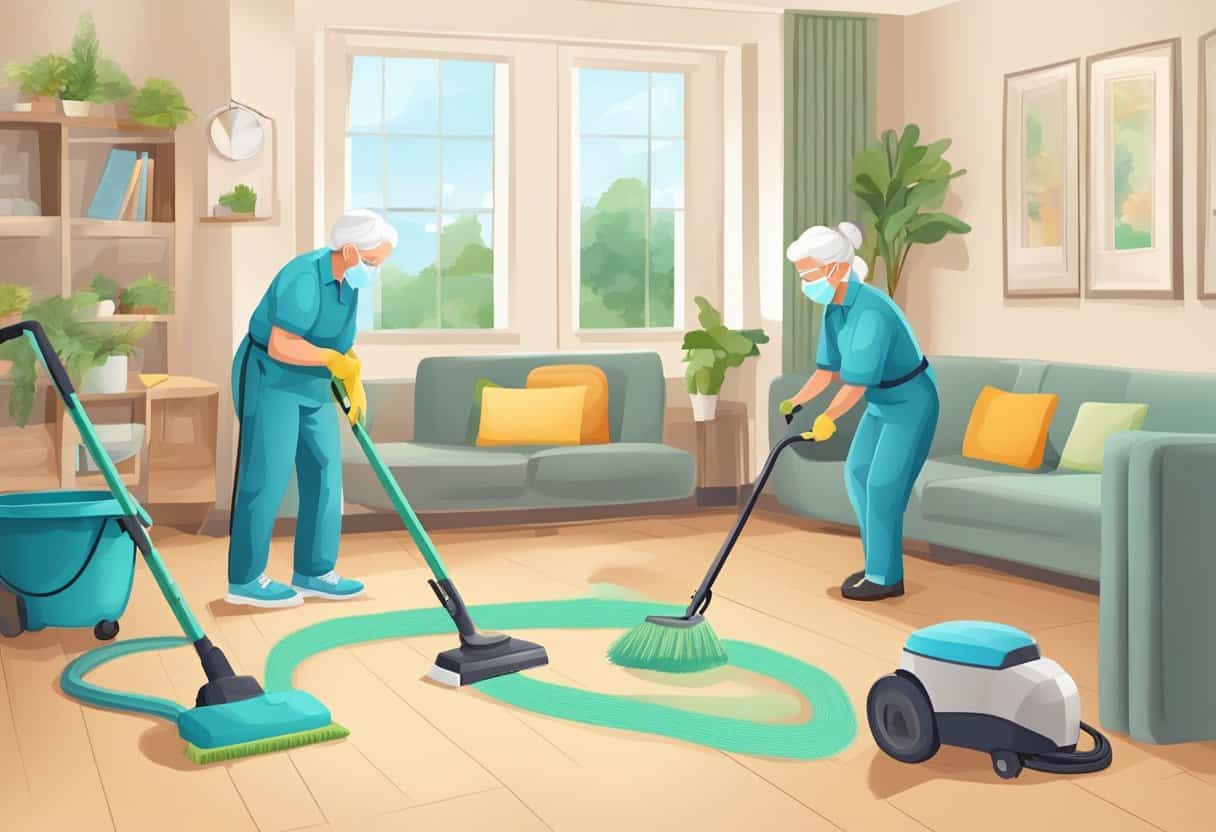
Effective cleaning ensures a safe and comfortable living environment for seniors. Here are specific guidelines for essential areas like the kitchen, bathroom, and living spaces to prevent infections and enhance overall safety.
Kitchen and Food Storage Safety
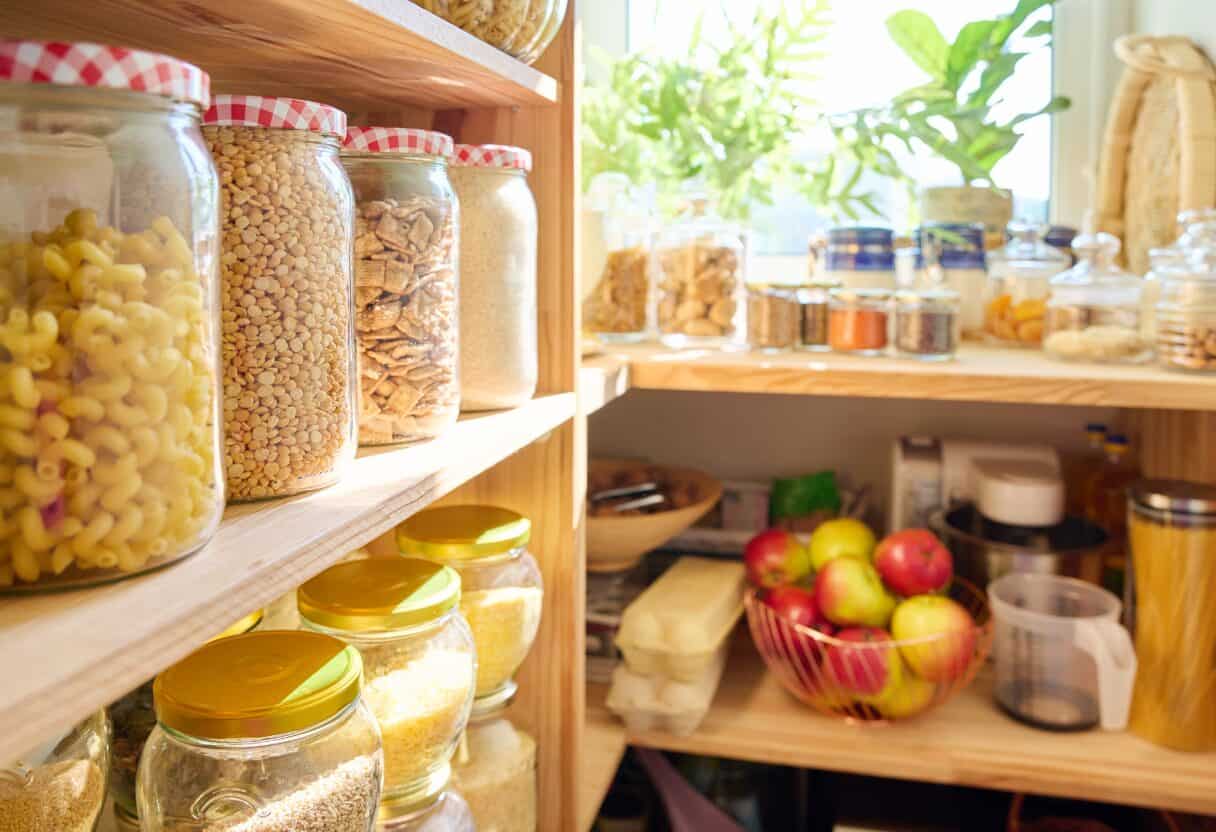
Maintaining hygiene in the kitchen is crucial to prevent foodborne illnesses. Regularly inspect the pantry and refrigerator for expired food and discard items past their expiration date. Clean countertops and surfaces daily, focusing on areas where raw meat, dairy, and eggs are handled.
Use a dishwasher for sterilizing utensils and dishes, or ensure hot water is used if washing by hand. Keep sinks and kitchen drains clear of food particles to avoid bacterial build-up. Regularly wipe down spills to prevent slips and falls.
Store food in airtight containers to minimize contamination and label them with purchase and expiration dates for easy rotation. Pay special attention to maintaining cleanliness in areas where food is prepared, cooked, and stored.
Bathroom Cleaning for Prevention of Infections
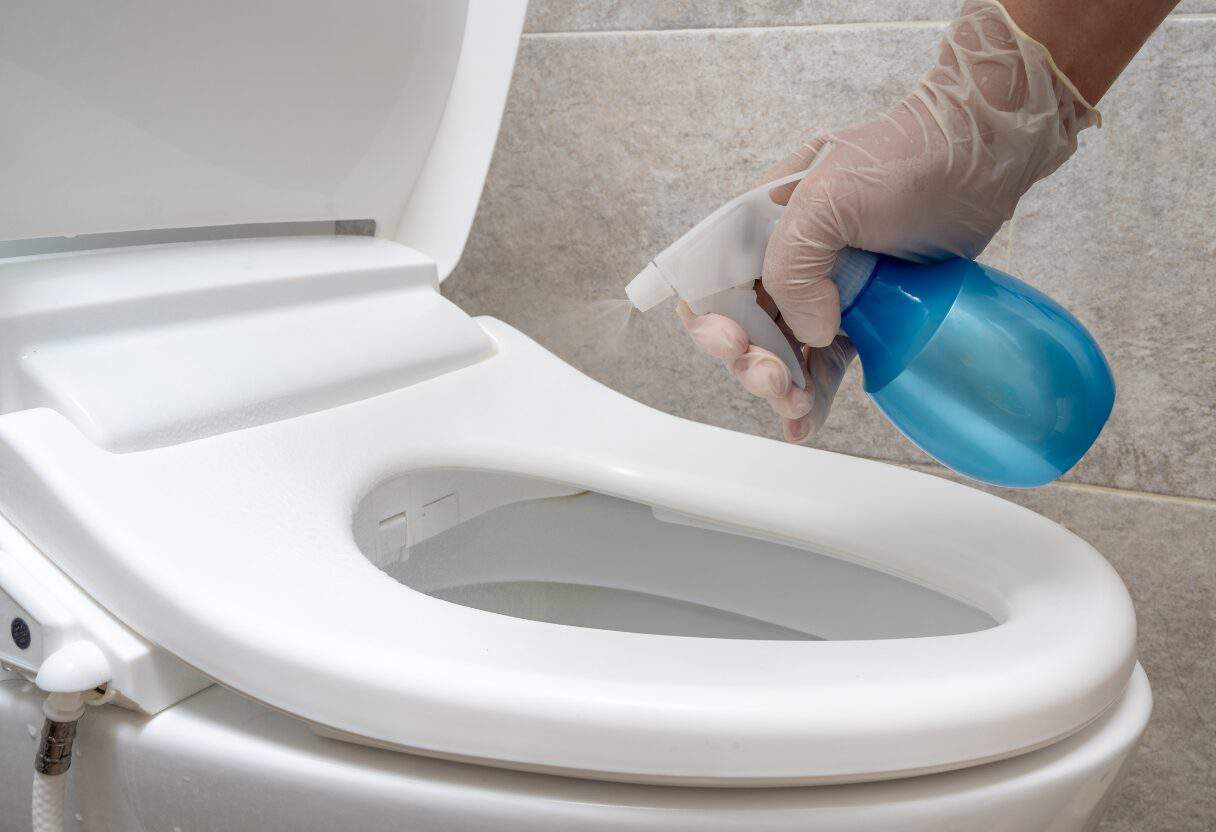
The bathroom is a hotspot for potential infections. Clean toilet seats, sinks, and bathtubs regularly using disinfectant cleaners. Install grab bars and non-slip mats to prevent falls, and ensure the bathroom is well-ventilated to reduce mold and mildew buildup.
Regularly wash and replace towels and bath mats. Disinfect frequently touched surfaces like light switches, faucets, and door handles. For showers and bathtubs, use a scrub brush to clean grouting and tiles to prevent mold growth.
Empty trash bins frequently and ensure all personal hygiene products are stored properly. Paying attention to cleaning and disinfecting the bathroom helps keep it free from germs and safe for elderly residents.
Bedroom and Living Room for Comfort and Safety
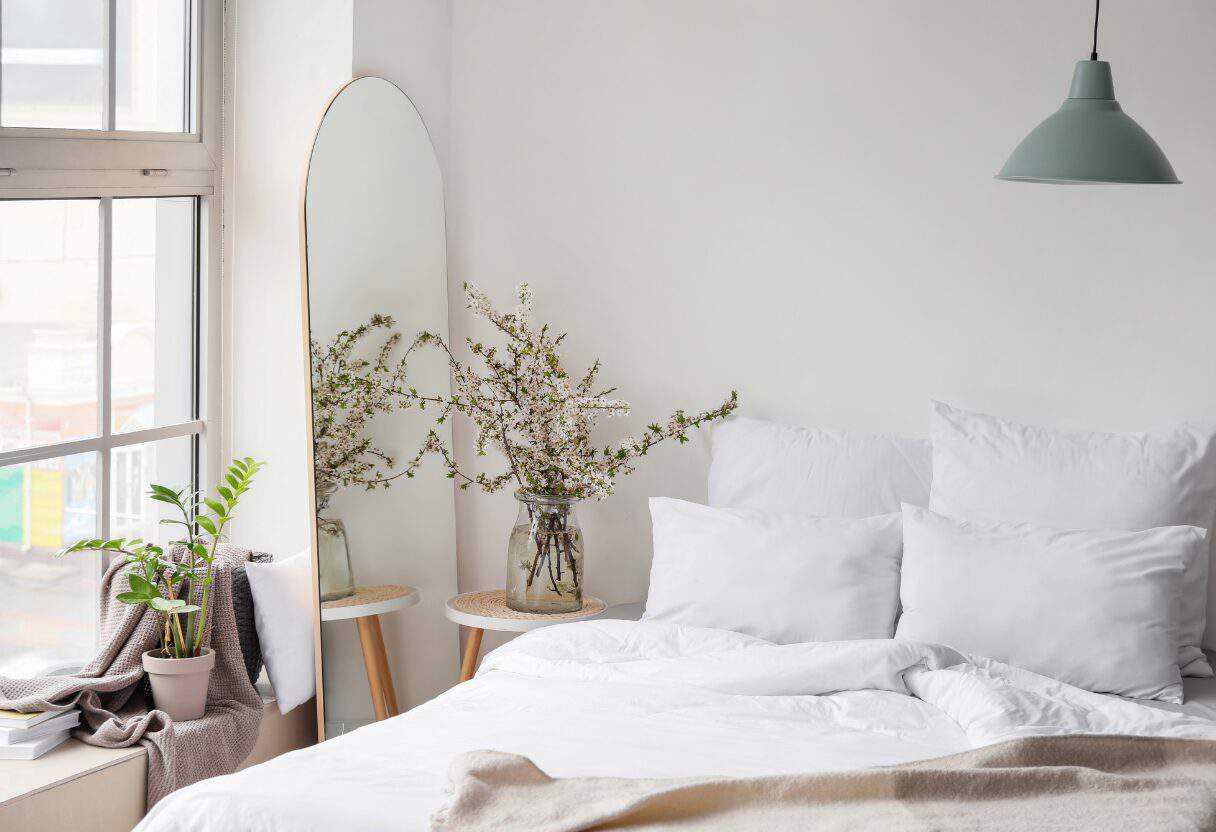
Comfort and safety in living areas are paramount. De-cluttering these spaces reduces the risk of trips and falls. Dust surfaces frequently, especially around electronics and furniture, to improve air quality. Vacuum carpets and rugs regularly to remove dust and allergens.
Ensure all pathways are clear and that furniture is arranged to allow easy movement. Install night lights in bedrooms and hallways to prevent nighttime falls. Regularly wash and change bed linens and pillowcases to maintain a clean sleeping environment.
In living rooms, use vacuum cleaners with HEPA filters to capture fine dust particles. Clean and disinfect remote controls, phones, and light switches regularly. These measures create a tidy home environment conducive to both comfort and safety for seniors.
Maintaining Health and Preventing Hazards

Ensuring the home is safe for seniors involves proactively addressing health risks and potential hazards. Key areas of concern include managing medications, preventing falls, and maintaining a healthy indoor environment.
Disposing of Expired Medications and Decluttering Medicine Cabinets
Outdated prescriptions and over-the-counter drugs can be hazardous if not properly managed. Regularly reviewing and disposing of expired medications prevents accidental ingestion and ensures that medicine cabinets remain organized.
Senior loved ones should be encouraged to check expiration dates monthly. Use a clearly marked disposal bag for expired items and take them to a local pharmacy that offers disposal services. Decluttering the medicine cabinet also helps in identifying important medications for ease of access.
Preventing Falls and Tripping Hazards
Falls are one of the most common hazards for seniors. To minimize risks, inspect the home for tripping hazards like loose rugs, electrical cords, and cluttered walkways.
Install grab bars in bathrooms and along stairways. Ensure that non-slip mats are placed in areas prone to wetness, such as bathrooms and kitchens. Furniture should be arranged to create clear, obstruction-free paths. Regularly check for loose floorboards or carpet that may cause trips.
Ensuring Good Indoor Air Quality and Lighting
Maintaining air quality is crucial for seniors, especially those with respiratory conditions. Regularly replace air filters in HVAC systems. Install smoke detectors and carbon monoxide detectors to alert inhabitants to dangerous fumes.
Good lighting reduces the chance of falls. Ensure all areas are well-illuminated by using bright light bulbs and nightlights in hallways and staircases. Windows should be kept clean to maximize natural light. Adjust lighting fixtures to eliminate shadows and create an even distribution of light throughout the home.
Frequently Asked Questions

This section addresses critical points such as comprehensive cleaning checklists, maintaining safety, and adapting cleaning techniques to meet the physical needs of elderly individuals.
What is a comprehensive cleaning checklist for elderly homes?
A comprehensive cleaning checklist should include tasks such as dusting, vacuuming, mopping floors, and cleaning bathrooms and kitchens. It should also involve regular laundry, changing bed linens, and disinfecting high-touch surfaces.
How can a maid maintain a safe and clean environment in homes with elderly residents?
A maid can maintain a safe and clean environment by installing grab bars and non-slip mats in bathrooms, thoroughly disinfecting surfaces, and removing clutter. Consistent use of anti-viral sprays is also essential.
What are the best practices for creating an effective house cleaning schedule for seniors?
Best practices include prioritizing high-traffic areas, scheduling regular and consistent cleaning times, and incorporating small daily tasks to prevent clutter build-up. This helps in maintaining a hygienic and orderly home.
What are essential safety tips to consider when cleaning an elderly person’s home?
Essential safety tips include using non-slip mats, securing loose rugs to prevent trips, and ensuring good lighting throughout the home. It is also crucial to avoid using harsh chemicals that could lead to respiratory issues.
How can I adapt cleaning techniques to accommodate the physical needs of the elderly?
Adapting cleaning techniques may involve using tools with extendable handles, employing lightweight equipment, and breaking down tasks into smaller steps. This makes cleaning less physically demanding.
Which cleaning products are recommended for being both safe and effective in elderly homes?
Recommended cleaning products include mild, non-toxic cleaners and anti-viral sprays. These products are effective in reducing germs while being gentle enough to avoid causing health issues. Using products that dry quickly and leave no residue is also advantageous.




